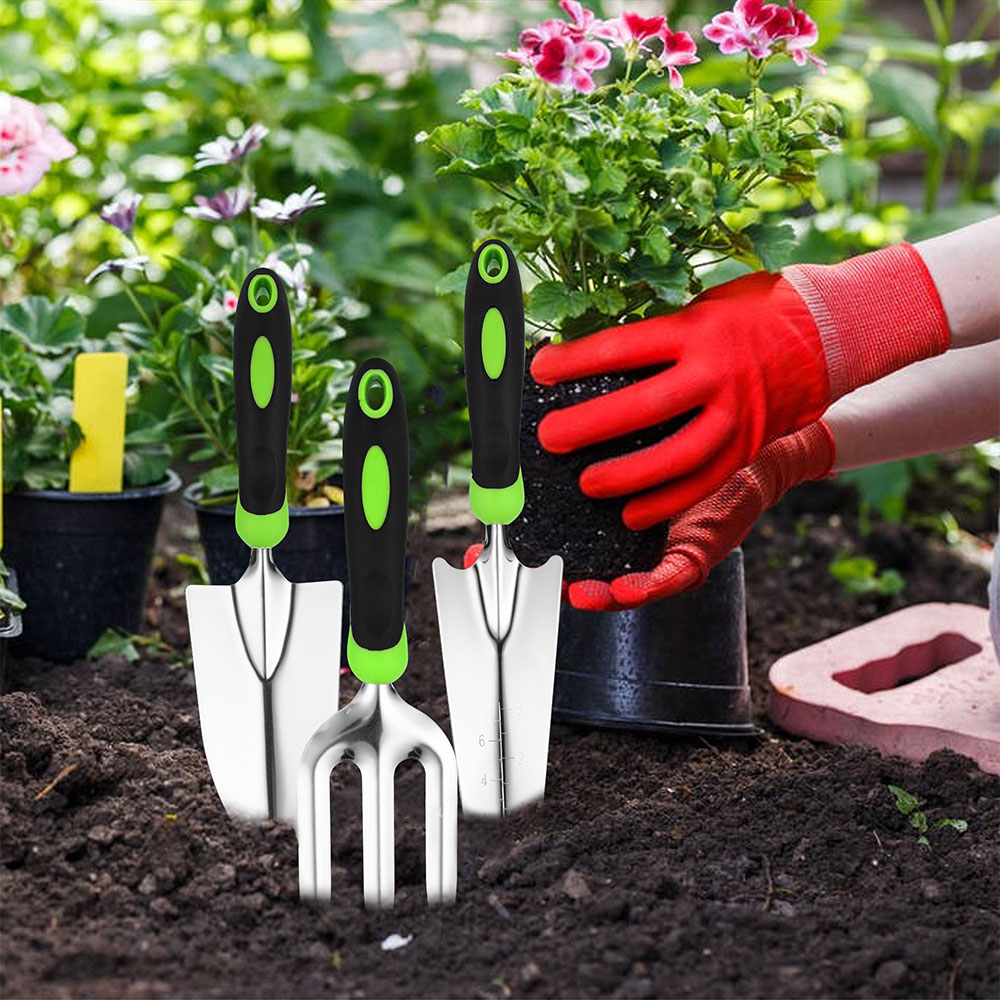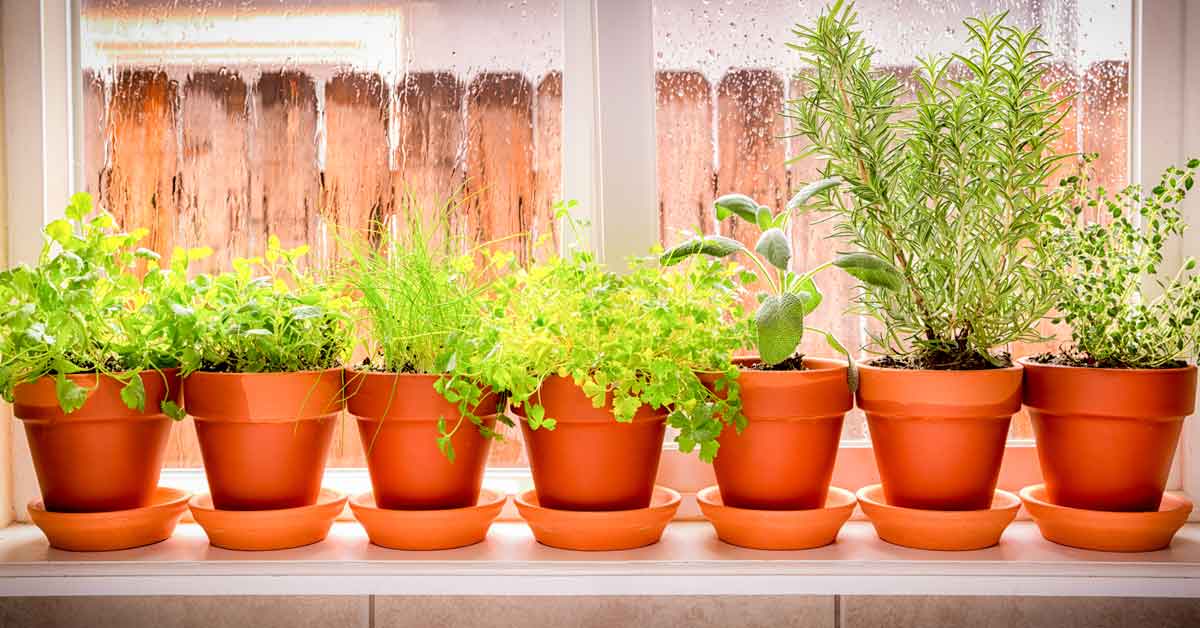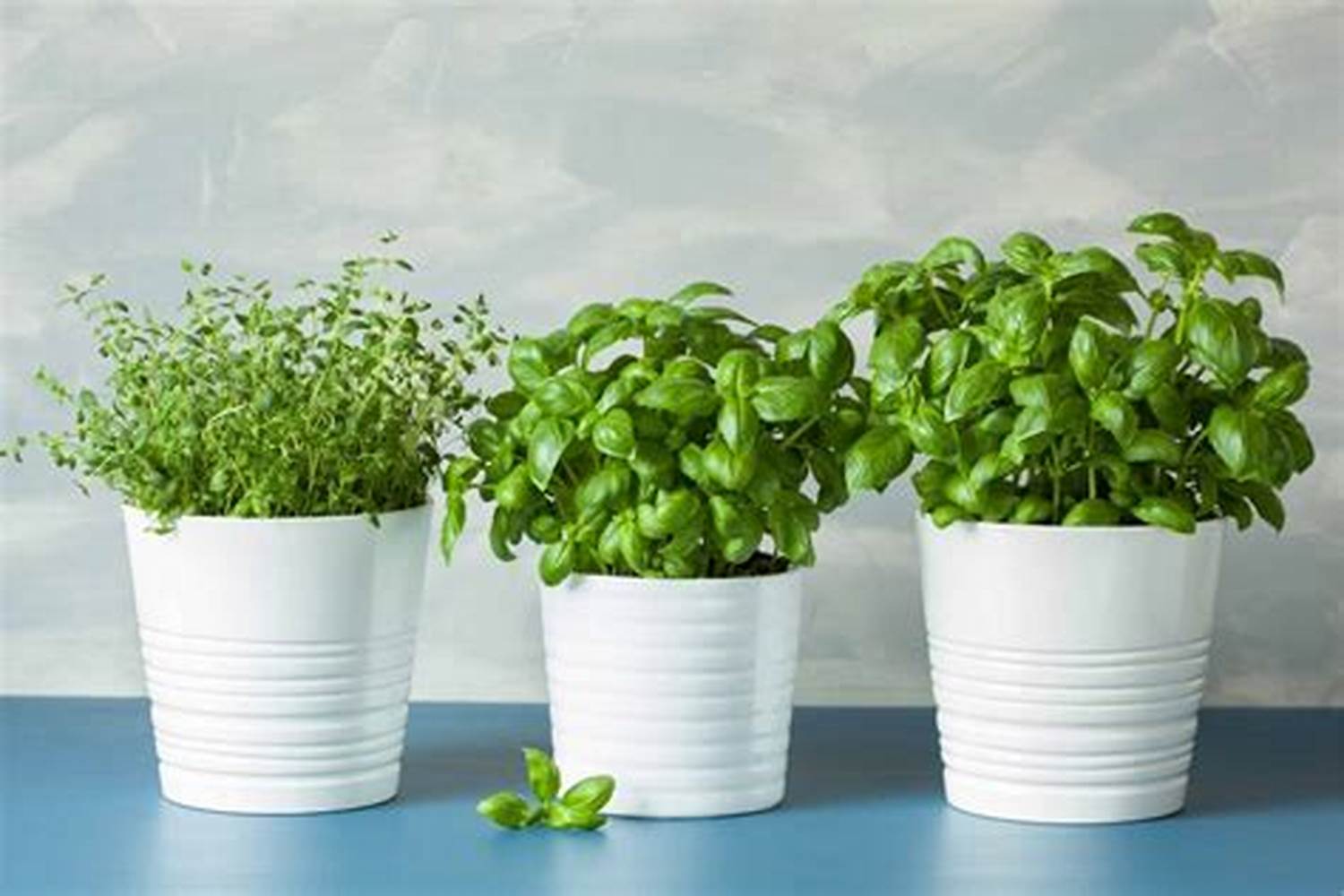For most aspects of gardening, tools and equipment of one sort or another are essential. Choice is dictated not only by the size and nature of the garden, but the physical attributes of the gardener. This is especially true when it comes to a choice between manual and motorized equipment. One always tends to start with what might be called basic necessities.
Quick NavigationSpadesForksBarrowsRakesGardening Lines with Reel and PinPicksLawnmowersRotary CultivatorsAdditional ToolsMaintenance of Garden Tools and Equipment
Spades
Spades are for digging, cultivating and moving soil, sand and other growing materials, although a shovel, with its larger surface, is more effective for the latter. To use a spade properly, it is inserted vertically into the soil, a portion of soil removed, and replaced with the soil inverted. This is done with a flicking action. It may be necessary to strip off turf or weeds before ground is dug, cutting this over with a scythe or mower beforehand, if need be.
The first thing to do when you go to buy a spade is find one which looks the right size and pick it up and see if you can handle it easily. The smaller size of spade is a ‘border’ spade and they then get numbered from 1 to 4. Most men of reasonable strength can handle a number 2 or 3, whereas for a lady, a ‘border’ spade or a number 1 is large enough. The quality of space you get depends on the price, the best spades being half bright or chrome finish, which slips through the soil with ease and requires the minimum of maintenance.
Forks
These are for forking over the ground, loosening it up, handling manure and so on. Lighter types of soil can, in fact, be turned over reasonably well with forks, using much the same action as with digging—although an open trench is not necessary. There are digging forks with square prongs, and potato forks with flat prongs on one side and manure forks which have very sharp metal prongs, and are dangerous instruments to have around. The same size formula applies as for spades.
Barrows
A wheelbarrow of one kind or another for transporting weeds and garden rubbish is a must. The popular type has a galvanized metal body with an action roller bearing wheel. Tires can be either solid or pneumatic, the latter being better for use on soft land. The traditional barrow has one wheel and two handles, although there are bogey types of barrows around which can be useful, especially for people who are partly disabled.
Rakes
Many types of rakes are available, ranging from the ordinary metal tooth type to the large aluminum or wooden rake. Another type is the flexible wire rake, handy for raking up leaves, stirring surfaces of lawns. The ‘normal’ type of rake is used for raking land level and preparing it for sowing, and a little experience will show that, while the aluminum lightweight rakes are more expensive to buy. They are easier to work with however, and give an excellent finish, as they do not dig into the soil. They are also easier to maintain and will last well.
Gardening Lines with Reel and Pin
It is almost impossible to sow or plant straight rows of anything without a good line. The reel and pin portions are best made of alloy, which gives them a long life and avoids rusting, whereas the line itself is usually polypropylene or nylon. A simple line can be made with two sticks and a length of string.
Like rakes, there are many different types, from the traditional Dutch and draw-hoes, to the more sophisticated shapes. The modern types of hoes are very light and strong and a pleasure to use. Hoes are used for weeding and taking out seed drills, also the earthing up of plants, such as potatoes.
Picks
Especially for the new garden, some form of pick is a basic item, being ideal for dealing with hard baked land or for levering out of bricks and stones half-buried in the soil.
Other fairly basic items are spirit levels for finding true levels for paths, greenhouses, bases and the like. A saw, preferably of the narrow bladed type, called a pruning saw. A garden riddle of about half inch mesh (10-12mm) for riddling soil, sand, ashes etc.
A plastic watering can and a general purpose pressure spray for applying weed killers are really essential items, the latter especially for cleaning up soil with weed killers or dealing with pests and diseases. Some gardeners like to keep separate sprays for weed killers and pesticides—but if the sprayer is washed out carefully with warm water after use—there is not a great deal of risk. A trowel and a fork, preferably of superior finish, to avoid rapid deterioration, cannot be managed without in any garden.
A garden knife for taking cuttings, pruning, should be in every gardener’s pocket. A pair of secateurs which should be of good quality, as cheaper types tend to deteriorate very quickly, is needed fairly constantly in all gardens. A pair of edging shears for trimming lawn edges and hedge shears for hedge trimming, are required sooner or later. These can vary considerably in design and here again, quality is important, although weight factor should be taken into account, as a heavy pair of shears can be tiring to use. A hose-pipe is also fairly basic in most gardens.
Lawnmowers
A massive range of lawnmowers are available today. First of all, it is necessary to decide on the size and nature of the area of grass to be cut, whether it is to be kept finely mown or left rough. Of vital importance is who will do the cutting, as some of the heavier types of mowers can be difficult to operate by a woman.
The cheapest forms of small lawnmowers of the manual kind are those of side wheel design, where the grass is cut by blades driven from one of the side wheels. The cheaper the mower, the fewer the cuts to the yard of meter, this being dependent on the number of cutting blades and the gearing between the drive wheel and the cylinder. The smaller side wheel mowers have the advantage of being light to handle and they give a perfectly adequate finish and can be ideal for the unbroken lawn of up to about 60-100 square yards.
The weakness of the side wheel machine is in cutting edges, something they cannot effectively do. On the other hand, they are often better for badly sloping land. The roller type of manual machine gives a better finish and usually at about 50-60 cuts m/yd. They are better for good surface lawns and where there are a lot of edges involved, as the roller stops the mower falling over the edge.
Whether or not to buy a powered mower, driven either by electricity or petrol, depends on a number of factors. Large areas of grass almost certainly will demand power mowers. Recent years have seen a tremendous increase in the number of rotary cutters as opposed to those which cut on horizontal plane. The finish they give is excellent, and they are certainly better for rougher grass areas, especially where the land is sloping and where there are a lot of trees planted up in the grass.
Hovercraft types of mowers are especially good for rough, undulating ground, but all rotary type mowers must be used with considerable care, especially the hovercraft types.
Rotary Cultivators
Like lawnmowers, these have been the subject of considerable design and improvement in the last decade. Whether or not the expense of buying one is justified, depends very much on the area of ground to be constantly cultivated each year. It might, in fact, be perfectly adequate to hire a cultivator for initial cultivation of a new garden, or even once a year.
On the other hand, rotary cultivators are excellent for inter-row cultivation between more widely grown crops, such as raspberries, strawberries, soft fruit. It is true to say, however, that modern weed killers can take away much of the effort of cultivating ground purely for weed control. It should be borne in mind that, all rotary cultivators intermix top and lower portions of soil, rather than invert them, which happens when the ground is properly dug.
Additional Tools
As the intensity of gardening increases, so will the need for more specialized tools arise. Such items are: fertilizer distributors (for lawns and pre-sowing or planting vegetables); spikers or aerators for lawns; irrigation equipment for lawns and the garden generally; seed drillers, mobile tool racks, electric hedge cutters (mains and battery type), mechanical edgers for lawns (generally electric), loppers for tall trees. If you have a greenhouse, ‘outside’ tools will suffice, except for one very important tool—a dibber.
Maintenance of Garden Tools and Equipment
Hand tools demand reasonable cleaning after use, storage under cover, and preferably, all metal surfaces coated with oil or grease during long periods of non-use. Leaving tools out of doors for long periods, especially during winter, leads to very rapid deterioration. Mechanical equipment, especially if power driven, must be serviced regularly. Cutting items, lawnmowers, shears and the like, should be sharpened and set professionally before the commencement of each season.



